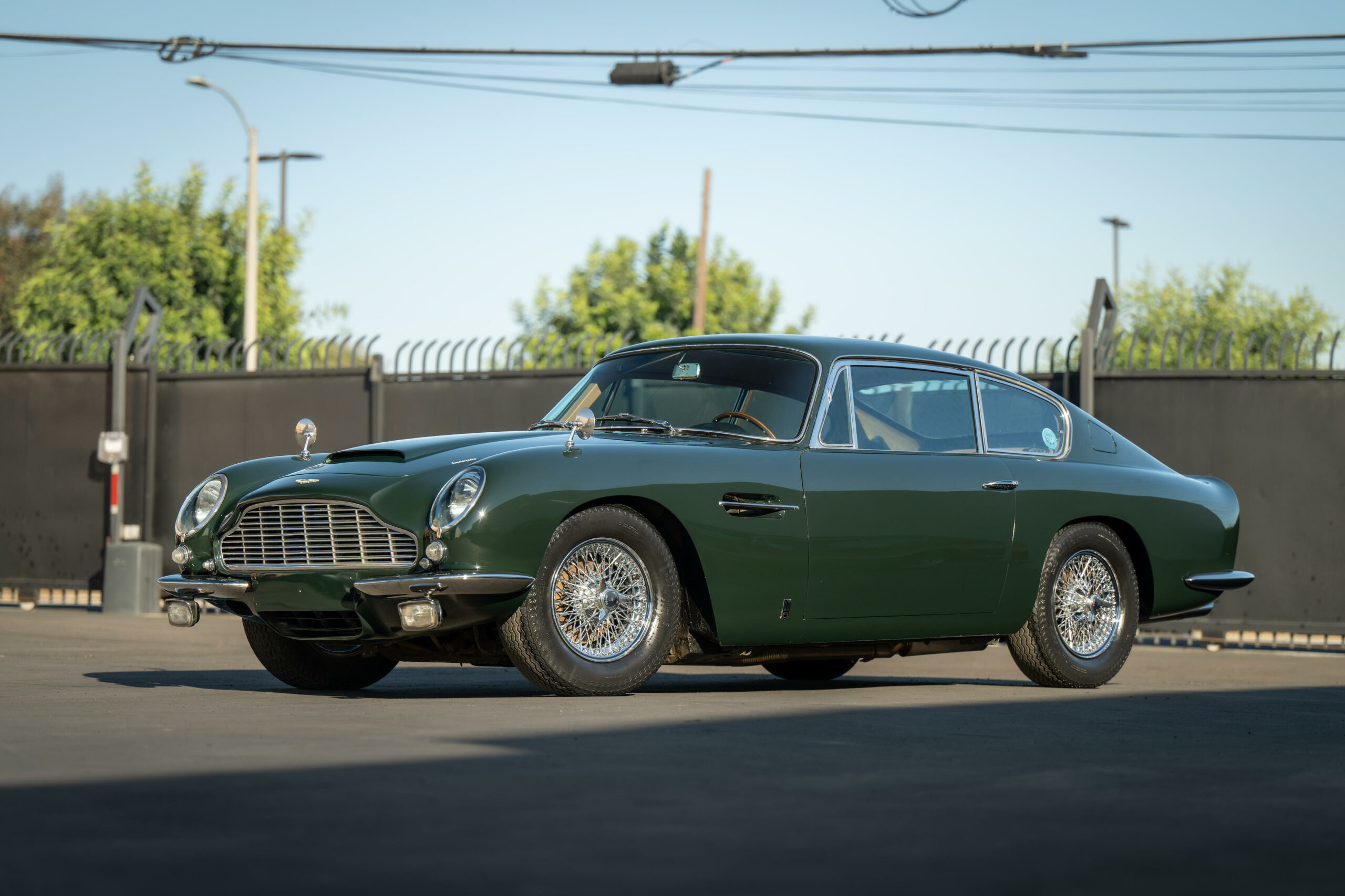Nothing found!
It looks like nothing was found here. Maybe try a search?
Categories
- 1910s
- 1920s
- 1930s
- 1940s
- 1950s
- 1960s
- 1970s
- 1980s
- 1990s
- 2000s
- AMC
- Aston Martin
- Autobianchi
- Bentley
- BMW
- Bristol
- Buick
- Cadillac
- Chevy
- Chrysler
- Citroen
- Classic Cars
- Classic Hot Rods
- Classic Muscle Cars
- Classic Sports Cars
- Cunningham
- Davis
- Duesenberg
- Edsel
- Facel Vega
- Ferrari
- Fiat
- Ford
- Ghia
- Hillman
- Hudson
- Jaguar
- Kaiser
- Lamborghini
- Luxury Car
- Maserati
- Mercedes-Benz
- Moretti
- Packard
- Panhard
- Plymouth
- Porsche
- Reliant
- Rolls-Royce
- Studebaker
- Toyota
- Uncategorized
- Vespa
- Volvo
- Wolseley
The story of Bugatti is a tale of automotive excellence, engineering prowess, and a relentless pursuit of speed and luxury. Founded by the Italian-born French automobile designer Ettore Bugatti, the Bugatti brand is renowned for producing some of the most iconic and high-performance sports cars in the world.
Ettore Bugatti was a visionary engineer and designer who established his eponymous company, Automobiles E. Bugatti, in the early 20th century. He was born in Italy but later settled in Molsheim, a town in the Alsace region of France, where he set up his manufacturing facilities.
In 1909, Bugatti introduced his first car, the Type 10, which featured a distinctive horseshoe-shaped radiator grille, a design element that would become a signature feature of Bugatti cars. The Type 10 marked the beginning of Bugatti’s legacy in the automotive industry.
One of the defining moments in Bugatti’s history came in 1924 when the Bugatti Type 35 was introduced. This lightweight, high-performance sports car dominated the motorsport world, winning numerous Grand Prix races and establishing Bugatti as a formidable force in racing.
Bugatti was known for its meticulous craftsmanship, attention to detail, and innovative engineering. The brand’s cars were characterized by their advanced technology, precision, and elegant design. Notable Bugatti models from this era included the Type 41 Royale, a luxury car with a massive 12.7-liter engine, and the Type 57 Atlantic, an aerodynamically stunning coupe.
Unfortunately, the Great Depression of the 1930s took a toll on Bugatti’s finances, and the brand faced financial difficulties. World War II further disrupted production, and after the war, Bugatti struggled to regain its pre-war glory.
In the mid-20th century, the Bugatti brand changed hands several times. However, the legacy of Bugatti’s engineering excellence lived on through the efforts of enthusiasts and collectors who maintained and preserved Bugatti cars.
In 1998, the Volkswagen Group acquired the Bugatti brand and embarked on a mission to revive it. Under Volkswagen’s ownership, Bugatti introduced the Bugatti Veyron in 2005, a hypercar that set numerous speed records and became an icon of automotive engineering. The Veyron featured a quad-turbocharged W16 engine and could reach speeds in excess of 250 mph.
In 2016, Bugatti introduced the Chiron, the successor to the Veyron. The Chiron continued to push the boundaries of performance, with a top speed that exceeded 260 mph and a 1,500-horsepower engine.
Bugatti’s modern era is marked by its relentless pursuit of speed and luxury, with each car handcrafted to perfection in the company’s atelier in Molsheim. Bugatti’s legacy lives on through the production of limited-edition hypercars, each bearing the iconic Bugatti emblem, and representing the pinnacle of automotive engineering and craftsmanship.
The Bugatti brand remains a symbol of exclusivity, innovation, and uncompromising performance, attracting automotive enthusiasts and collectors from around the world who share Ettore Bugatti’s vision of creating “La Marque” – the ultimate automotive masterpiece.




